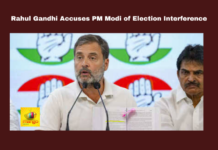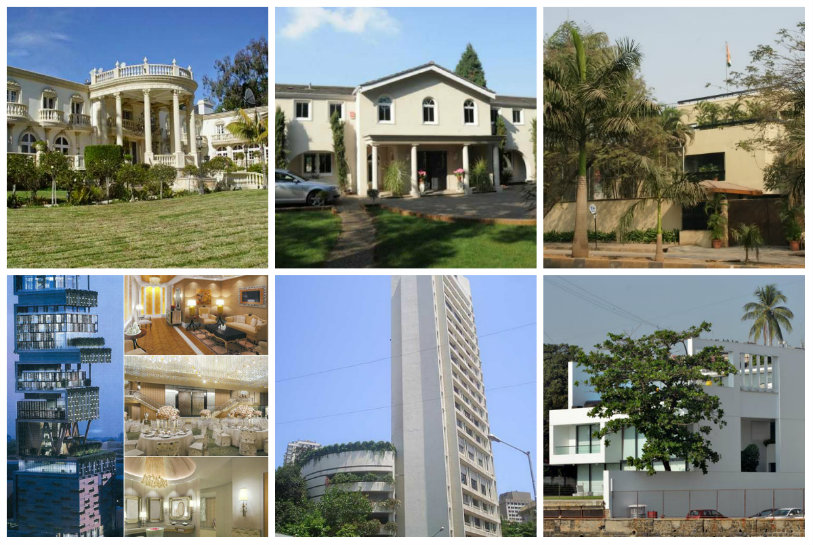The quality of air breathed by the residents of India, is a matter of growing concern for many. The recent dip in the air quality in Delhi stands as proof of the rampant rise in the levels of air pollution in the City deemed as India’s capital.
On the 3rd of January, 2019, the Air Quality Index (AQI) at Anand Vihar in Delhi was recorded as 464 out of a total of 500, which falls under the ‘Severe’ category. The Government of Delhi, around Diwali 2018, took several measures, such as reintroducing the Odd and Even Scheme, in order to combat the constantly rising air pollution levels. As per the Odd and Even Scheme, specific days are designated for private vehicles to be used, on the basis of the last digit of their license plate. Those which have their license plate ending with an even number can be used on certain days and those with their license plate ending with an odd number can be used on the other days. However, the implementation of this scheme was ineffective. The air quality in Delhi continues to remain poor, a reflection of the lack of effectiveness of the implemented measures.
The issue of poor air quality, however, is prominent in various other cities in India and not just in Delhi. Across India, primarily North India, there are several other cities where the quality of air does not meet the standards set by the World Health Organisation (WHO.) In 2016, as per the Ambient Air Quality Index designed by the WHO, 13 cities in India reported poor air quality due to high air pollution. Some of these cities included Kanpur, Gaya, Faridabad, Varanasi, Jodhpur, Patiala, Agra, Lucknow and Delhi.
Although some of the mentioned cities recorded an improvement in their air quality in 2018, the situation in cities such as Gurugram and Faridabad worsened. Poor air quality and high levels of air pollution lead to lung infection, stroke, respiratory diseases such as asthma, bronchitis and the like . Cardiovascular diseases and lung cancer are rather vicious diseases among many others. According to research published by the State Level Disease Burden Initiative in the journal The Lancet Planetary Health, 1.2 million people in India, in 2018, lost their lives due to pollution and 1 out of 7 deaths in the Country were caused by air pollution.
The question which now arises is, what are the steps being taken to prevent and abate air pollution in the Country? In view of the importance played by a clean and pollution free environment, the Air (Prevention and Control of Pollution) Act was implemented by the Government of India in 1981. Out of the many measures, the Government also launched the National Air Quality Index, in 2014, to constantly monitor the air quality across the Country. The Supreme Court of India recently banned the bursting of firecrackers between 10 P.M. and 6 A.M., in order to reduce the air and sound pollution caused by these firecrackers.
In 2018, various measures were included as a part of an umbrella, a national level programme called National Clean Air Programme (NCAP.) In light of the launch of the NCAP, Dr. Mahesh Sharma, the Minister of State for Environment, Forest and Climate Change, Government of India, said, “The overall objective is to augment and evolve effective ambient air quality monitoring network across the country besides ensuring comprehensive management plan for prevention, control and abatement of air pollution.” The NCAP focuses on monitoring and improving the air quality across India, using technologies to abate and prevent air pollution and identifying the major sources of pollution and the extent of their effect on the environment in 6 major cities of India, among many others.
While the Government of India is implementing such measures and policies to improve the air quality across the Country, the role of Indian residents in contributing to the same cannot be ignored. The citizens can opt for inverters instead of diesel generators for backup power supply as one of the steps to combat the rising air pollution. Carpooling and using share cabs is another way to reduce the number of vehicles on the road, which further reduces the levels of emissions. In 2017, it was reported, UberPool, a cab sharing facility by the cab hailing app Uber, in New Delhi, helped save 9,36,000 litres of fuel and cut down carbon dioxide emissions amounting to 22,03,000 kilograms. Using public transport, bicycles or fuel efficient vehicles is another method the citizens can adopt to help in maintaining a cleaner environment. Taking small measures such as these can greatly contribute in making India a cleaner, greener and safer country.


































